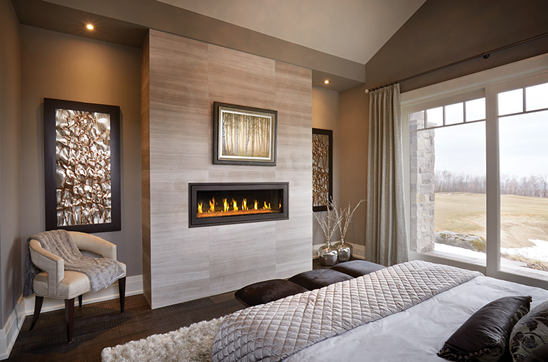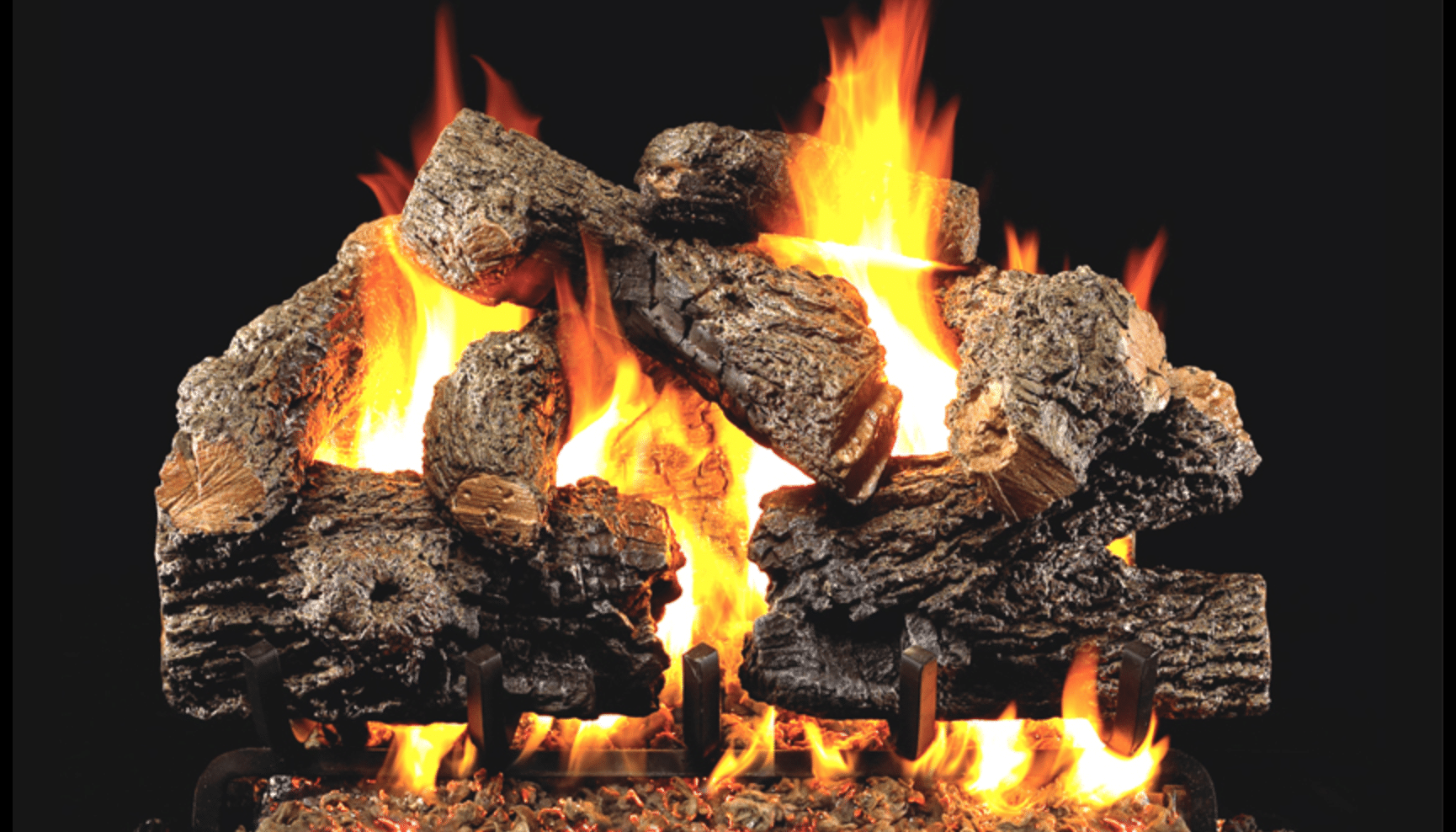Having a fully insulated home with the right materials is like wrapping yourself in a cozy, protective blanket that shields you from the harsh elements, ensuring year-round comfort and efficiency.
Whether you aim to improve your home’s energy efficiency or just want to ensure your home stays comfortable year-round, adding new insulation over existing insulation can be a strategic and effective solution.
However, there are several factors to consider before taking the plunge.
Understanding Existing Insulation
A solid understanding of your existing insulation is an important first step in adding new insulation. Some common types of insulation are:
- Fiberglass batts: These are pre-cut panels made of fine glass fibers and are easy to install but can lose effectiveness if they become compressed or wet.
- Cellulose: Made from recycled paper products treated with fire retardants, cellulose insulation is commonly blown into wall cavities. It settles over time, which can reduce its insulating properties.
- Spray foam: This type of insulation is applied as a liquid and expands to fill spaces. It provides higher-quality air sealing and insulation but can be expensive and challenging to remove.
Considerations Before Adding New Insulation
- Inspection and assessment: A thorough inspection will identify areas where the insulation is damaged, compressed or settled. This assessment will help you determine whether adding new insulation is viable or if the old insulation needs to be removed.
- Compatibility: Not all insulation materials work well together. For instance, adding fiberglass batts over existing spray foam might not be ideal. Ensure the new insulation is compatible with the old to avoid uneven insulation or potential chemical reactions.
- Moisture and mold concerns: Adding insulation over damp materials can exacerbate mold problems and reduce the insulation’s effectiveness.
- Insulation thickness: Over-insulating can cause diminishing returns and may lead to structural issues. Consider the recommended R-value (a measure of thermal resistance) for your climate, home layout, and specific needs.
Benefits of Adding New Insulation Over Old Insulation
- Enhanced energy efficiency: Adding new insulation over old can significantly boost your home’s energy efficiency. This additional layer means your home’s heating and cooling system doesn’t have to work as hard to keep your home comfortable.
- Improved comfort: Increased insulation levels lead to more consistent indoor temperatures. They reduce heat transfer and the opportunity for drafts, meaning more stable temperatures consistently and an overall improved comfort level in your home.
- Cost savings: When your heating and cooling system isn’t working as hard, you’ll notice substantial savings on your energy costs and monthly utility bills.
How to Add New Insulation Over Old Insulation
- Preparation steps: Start by preparing the existing insulation and space. This involves removing damaged or wet insulation, sealing air leaks, and ensuring the area is clean and dry.
- Installation techniques: You can leverage new insulation techniques like blowing, which is ideal for filling gaps, or adding batts over existing batts.
- Professional vs. DIY: While DIY installation can be cost-effective, hiring professionals ensures the job is done correctly. Professionals have the expertise to handle complex insulation projects and can ensure a seamless installation process, providing peace of mind and less stress.
When Should You Remove Old Insulation?
In some situations, completely removing old insulation is a better course of action. If you notice severe damage, contamination, pest infestations, or mold, your existing insulation should be removed.
Additionally, if you’re hoping to upgrade to higher-efficiency insulation, it may not be compatible or possible to blend with existing insulation. This will be key when weighing the benefits of the new insulation vs. a different type.
Why You Should Consult Professionals
Adding new insulation over existing insulation can be a highly effective way to enhance your home’s energy efficiency and comfort. However, it’s crucial to evaluate the current state of your insulation, ensure compatibility, and address any moisture issues before proceeding.
Consulting with insulation experts like our team of highly trained professionals at Therm-Con is the best first step. We can provide personalized advice and ensure the job is right, leading to a more comfortable and energy-efficient home.
Contact us to schedule your insulation evaluation today.





